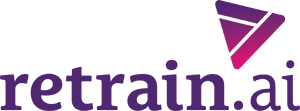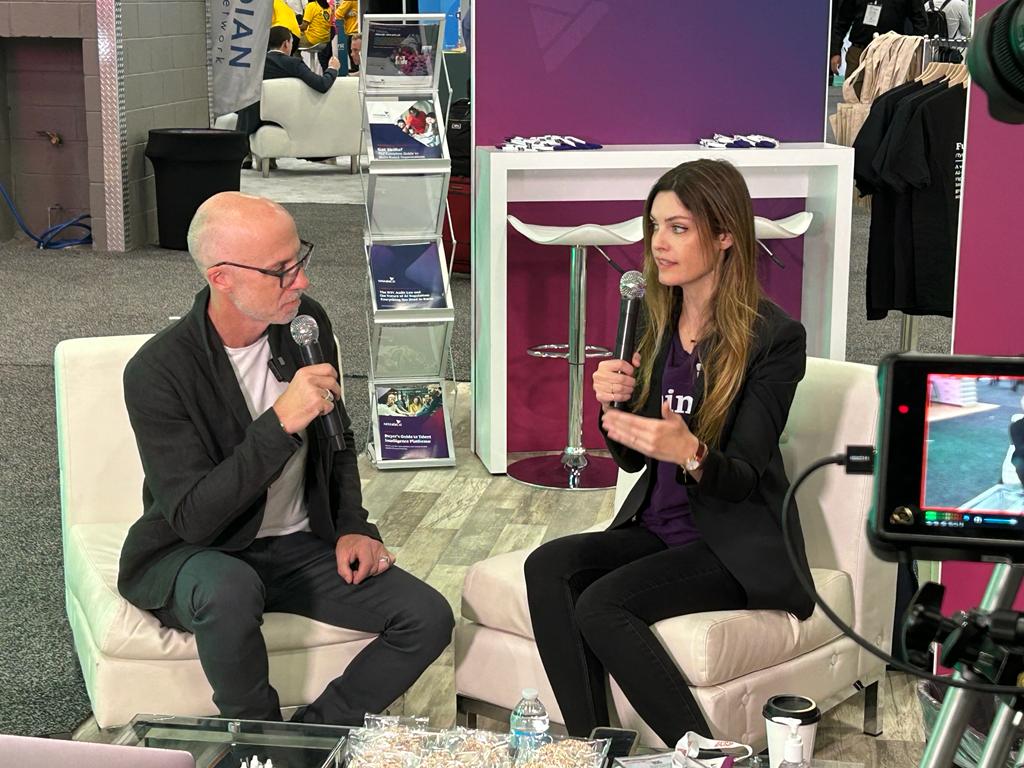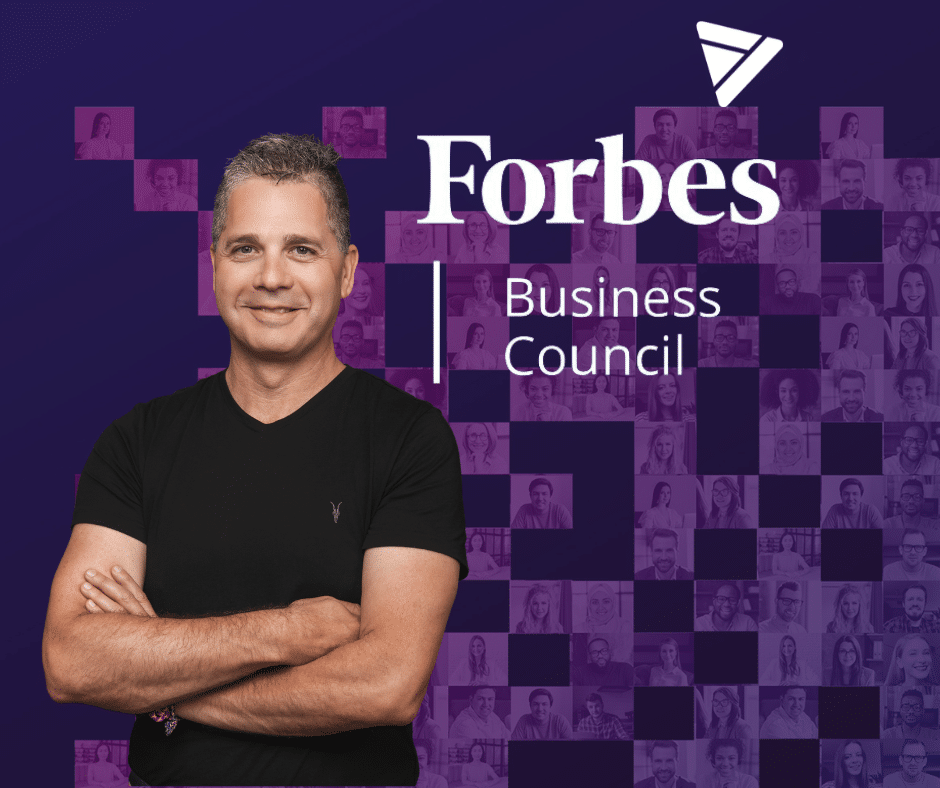This article first appeared in Forbes.
In my last post, I discussed the skills gap emergency in today’s workforce as accelerated digitization exposes the changing capabilities enterprises need today and in the future. From a business perspective, solving the skills gap correctly can fuel a sustained competitive advantage, while ignoring it can mean falling to oblivion. For employees, upskilling in response to workforce trends can mean the difference between continuous gainful employability and falling dangerously behind in—or even out of—the talent marketplace.
With more open positions across industries than there are workers to fill them, employees today have plentiful options, especially if they have the skills needed in today’s competitive marketplace. Knowledge workers are particularly empowered given the portable nature of their skills, which are in demand across industries and geographic locations. In this post, we’ll address the main question arising from the skills gap emergency: How do you win the war for talent?
As both enterprises and individuals face seismic shifts in the next few years, our research suggests that organizations looking to attract and retain the right talent must first understand the new workforce demands, which fall into several key buckets. Let us review each in turn.
Recognition And Purpose Are Key
McKinsey & Company’s research on the Great Resignation found that 54% of employees who quit their jobs felt that their employers didn’t value them. Skilled workers know their worth in the most competitive talent marketplace in decades; it’s going to take more than a prime parking spot or even a salary bump to hold their attention.
The McKinsey report goes on to say that today’s employees crave investment in the human aspects of work—a revised sense of purpose, social and interpersonal connections with colleagues and managers, and a sense of shared identity. They’re also willing to wait for it. The same study found that among employees surveyed, 36% of those who had quit a job in the past six months did so without having a new job in hand.
Recognition and purpose count in an era when blindly climbing the corporate ladder holds little appeal. Managers and HR leaders who proactively identify an employee’s unique skills and present ways to maximize them by recognizing their value and connecting them to the organizational mission offer a much more meaningful engagement. Whether it’s an invitation to take part in a new project or a chance to lead a team, new opportunities and responsibilities tell an employee their talents are recognized and valued and that their work makes a difference.
Today’s workforce landscape is flatter than a decade ago. The traditional assistant-manager-director-executive upward climb that defined professional development for years has given way to a more winding, opportunistic flow in which employees are drawn to interesting opportunities more than impressive titles. Flexible, non-linear advancement enables skilled workers to find new applications for their talents or to develop new capabilities altogether.
Keeping things interesting for motivated employees pays off. In a recent Pew Research Center survey of U.S. workers who left a job in 2021, 63% cited a lack of opportunities for advancement as a factor in their decision to leave. At a time when advancement includes multidirectional moves within an organization, these are workers who need not be lost.
Recognizing in advance those employees who may be itching for a challenge—or a move out of the company altogether—HR leaders have an opportunity to open a fruitful dialogue and dramatically increase retention. By understanding an employee’s professional aspirations, astute managers can plug those goals into personalized career paths supported by tangible learning and development opportunities. It’s a real win-win because the ability to do so at scale means enabling an entire workforce to grow within their organization rather than look for opportunities outside of it.
Onboarding And Development
After exercising their right to be selective in choosing their next job, new hires expect meaningful engagement from Day 1. Onboarding that only a few years ago would have taken three months or more must now be condensed into weeks and be packed with value. There’s a good chance you may need to execute onboarding remotely as well, which presents its own challenges. If the process falls short, new talent won’t hesitate to find the door as part of what some are now calling the “Great Regret” and others call “Failure to Launch.”
A recent study by consultancy firm Eagle Hill found that a large number of new hires think onboarding is missing the mark. Specifically, 71% didn’t understand which key relationships to build and 62% didn’t have a clear view of organizational culture. An alarming 54% reported not gaining full knowledge of how to use technology to do their job.
To my earlier point, fully understanding the expectations and goals of each new hire is key to employee engagement and retention. Regular check-ins can then follow, enabling conversations around professional aspirations, internal mobility opportunities and available learning and development programs. To this end, development is a direct continuation of onboarding. In an agile environment that supports nonlinear career pathing, the employee is constantly onboarding to new opportunities, and the organization must recognize and equip the employee with the right tools.
Summary
Today’s employee is looking for the full framework, tailored to them. Enterprises that find a way to recognize their employees, connect them to purpose, create a learning environment with a clear career path and do all of this at scale can not only win the war for talent but also foster long-term retention to remain competitive.
retrain.ai is a talent intelligence platform designed to help enterprises hire, retain, and develop their workforce, intelligently. Leveraging AI and real-time labor market data, enterprises unlock talent insights and optimize their workforce effectively to lower attrition, win the war for talent and the great resignation in one, data-driven solution. To learn more book a demo.










